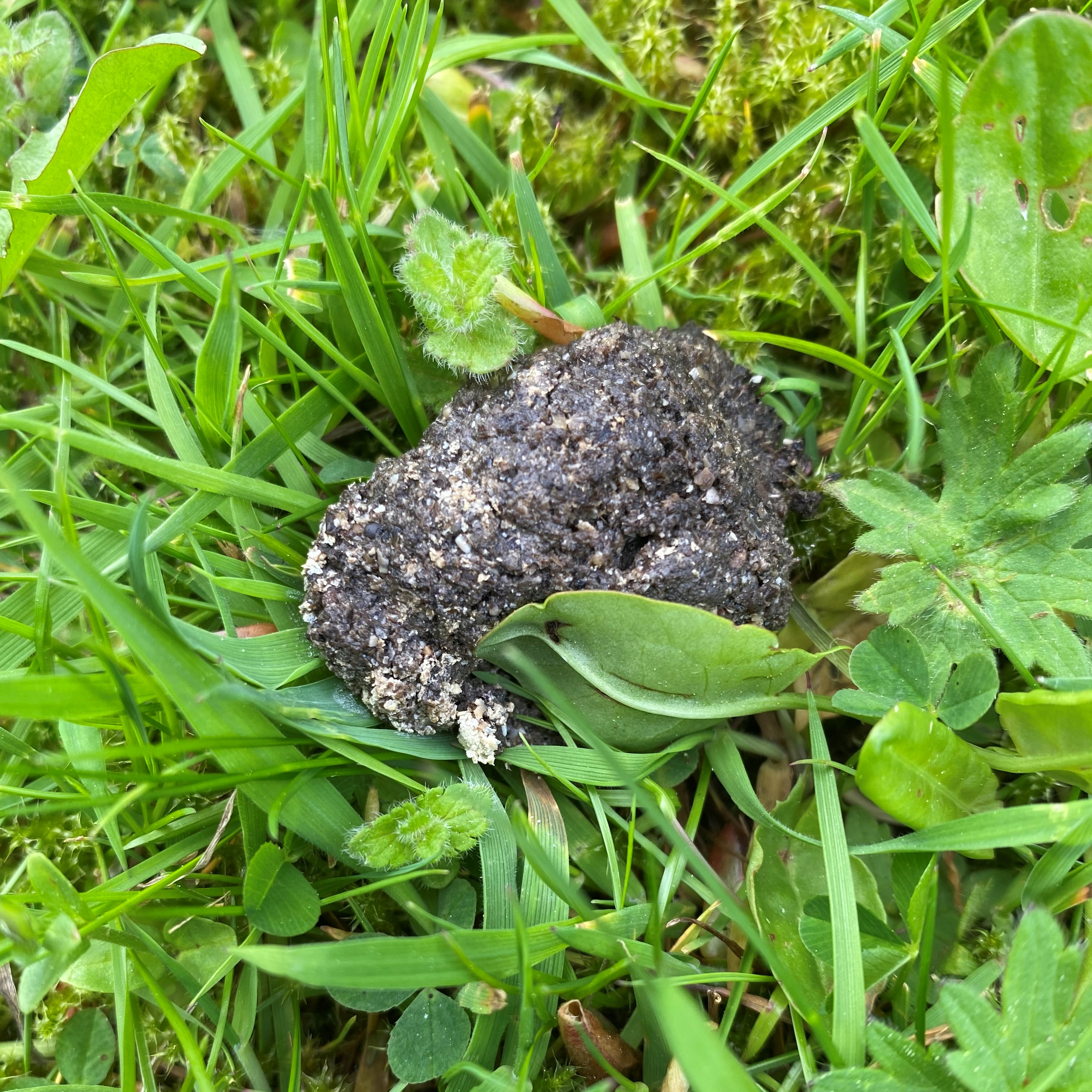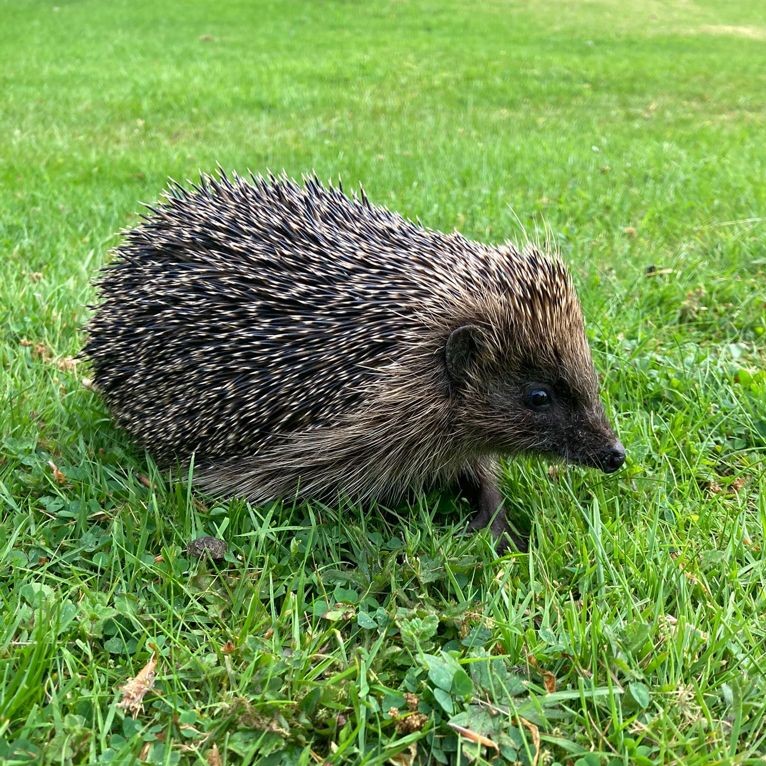

Mammals
Kingsmeadows provides habitat for a diverse range of mammals, with evidence of badgers, bats, field voles, foxes, hedgehogs, otters, red squirrels, roe deer, stoats, weasels and water voles.
Bats
Riparian woodlands like Kingsmeadows make ideal habitat for bats – internationally protected species.
A 2023 bat survey showed evidence of extensive bat activity. Preliminary analysis identified 8 individual species recorded over 2 weeks:
- ~ 4000 recordings
- Common pipistrelle (Pipistrellus pipistrellus)
- Soprano pipistrelle (Pipistrellus pygmaeus)
- ~ 55 recordings
- Daubenton's myotis (Myotis daubentonii)
- Whiskered myotis (Myotis mystacinus)
- Nathusius' pipistrelle (Pipistrellus nathusii)
- 4 recordings
- Noctule (Nyctalus noctula)
- Lesser noctule or Leisler's bat (Nyctalus leisleri)
- Brown long-eared bat (Plecotus auritus)

Otter
Lutra lutra
Although no recorded sightings of otter, there is good evidence that they occasionally frequent Kingsmeadows, with otter spraint and fish scales left on the riverbanks.
This beautiful and enigmatic animal is an internationally protected species and a Priority Species under the UK Post-2010 Biodiversity Framework.

Red squirrel
Sciurus vulgaris
Although not common, there are sightings of the iconic native red squirrel at Kingsmeadows at least once a year. There are now only an estimated 120,000 red squirrels left in Scotland.
Although the greatest threat to this nationally protected species comes from the invasive American grey squirrel, loss and fragmentation of their native woodland has contributed significantly to their decline.

Image courtesy Jo Grewar
Hedgehog
Erinaceus europaeus
Once a common sight in woodlands and back gardens across the UK, our hedgehog population is now vulnerable to extinction.
Protected in the UK under the Wildlife and Countryside Act, 1981, hedgehogs are also now a Priority Species under the UK Post-2010 Biodiversity Framework and are on the International Union for Conservation of Nature (IUCN) Red List for British Mammals.
† iRecord is operated by the Biological Records Centre (BRC) as part of the work of the UK Centre for Ecology & Hydrology (UKCEH).